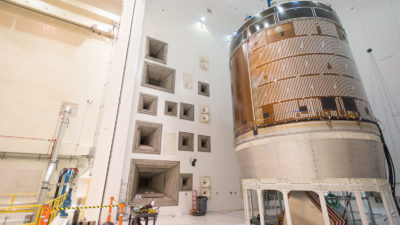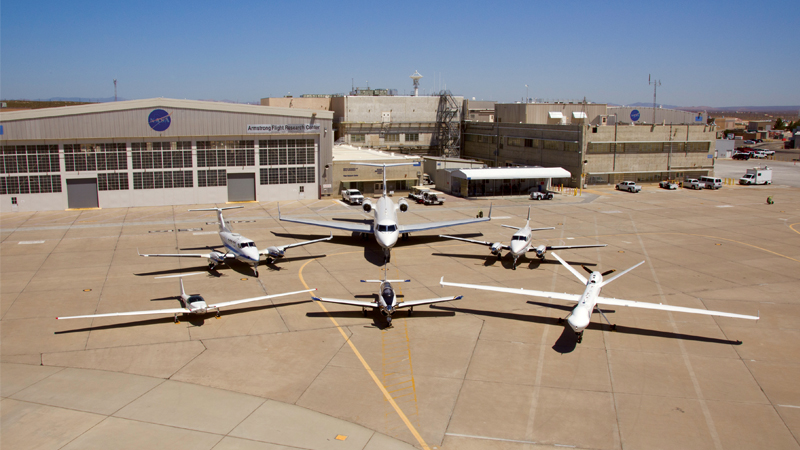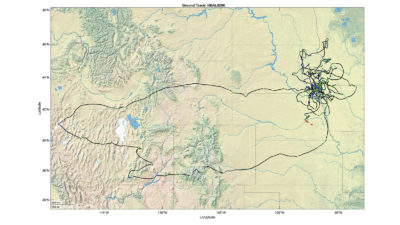Year of records includes Falcon Heavy launch, unmanned aircraft registrations
By Amir S. Gohardani|December 2018
The Society and Aerospace Technology Aerospace Outreach Committee promotes the transfer and use of aerospace technology for the benefit of society.
This year has seen many aerospace endeavors and notable records.
Boeing completed its 10,000th 737 jet in March. The first flight of a 737 was in 1967. The jet has been in service for more than 50 years.
Also in March, SpaceX launched its 50th Falcon 9 rocket. Falcon 9 took to the skies for the first time in June 2010; about eight years later, SpaceX launched a bigger version of the Falcon. In February, millions of people worldwide watched the Falcon Heavy demonstration mission and launch. The rocket carried and delivered into orbit a sports car as a dummy payload.
To date, United Launch Alliance delivered more than 120 satellites to orbit. This year, it launched satellites for a variety of missions. ULA is a joint venture between Boeing and Lockheed Martin.
There was also a continued interest in unmanned aerial systems, or UAS, this year. In January, U.S. Transportation Secretary Elaine Chao said 1 million recreational and commercial users had registered with the FAA’s UAS registration program. Perhaps the most significant near-term impact of UAS on society is that they can reduce emissions. A study published in Nature Communications in February led by researchers at Lawrence Livermore National Laboratory and Carnegie Mellon University found that using relatively small quad- or octo-copters (compared with larger military drones, for example) instead of diesel-burning delivery trucks could mean a reduction in both energy consumption and release of greenhouse gases that contribute to climate change.
This year also saw the first fatality on a U.S. airline in nine years, according to National Transportation Safety Board Chairman Robert Sumwalt. On April 17, a woman died on a Dallas-bound Southwest flight that made an emergency landing after engine failure. With the FAA forecasting that total U.S. airline passengers will increase from 840.8 million in 2017 to 1.28 billion by 2038, the need for even safer air travel shows the impact aerospace technology has on society.
In February, NASA’s New Horizons spacecraft broke a record by taking photographs from the farthest distance from Earth to date. The spacecraft was 6.12 billion kilometers from Earth. The photographs broke the record of the Voyager 1 spacecraft, which beamed back the famous “Pale Blue Dot” photograph in 1990 from 6.06 billion kilometers.
Also, this year, Peggy Whitson, NASA’s record-breaking astronaut, retired in June, less than a year after returning from her last and longest spaceflight. Whitson has spent more time in space than any other American: 665 days over three space station missions. Whitson completed 10 spacewalks during her tenure — the most of any American — and was the first woman to command the International Space Station, holding the position twice. She was the oldest woman to fly in space.
Photo: U.S. astronaut Peggy Whitson retired after setting several space records. Credit: NASA


































